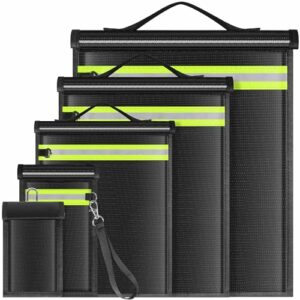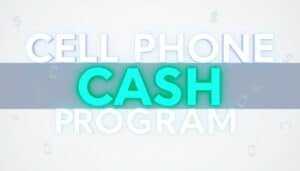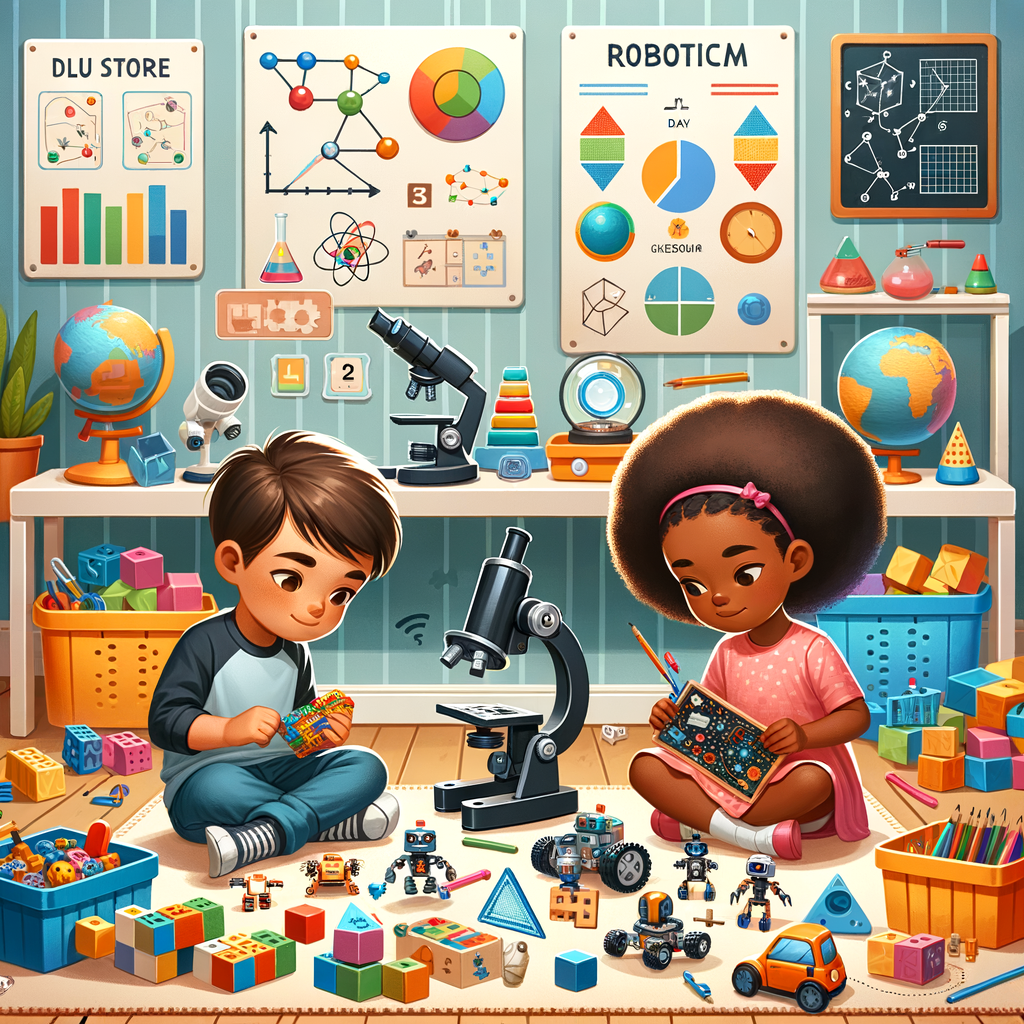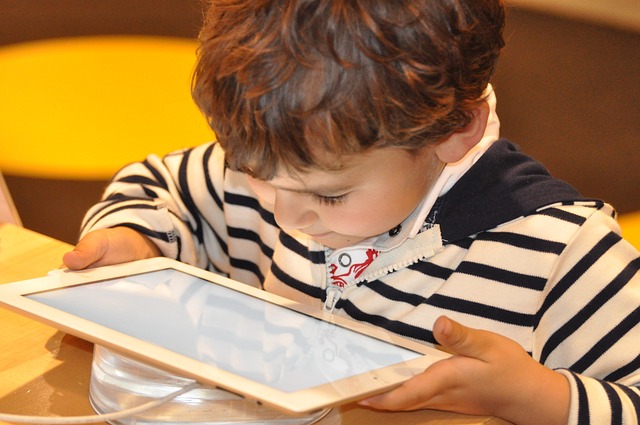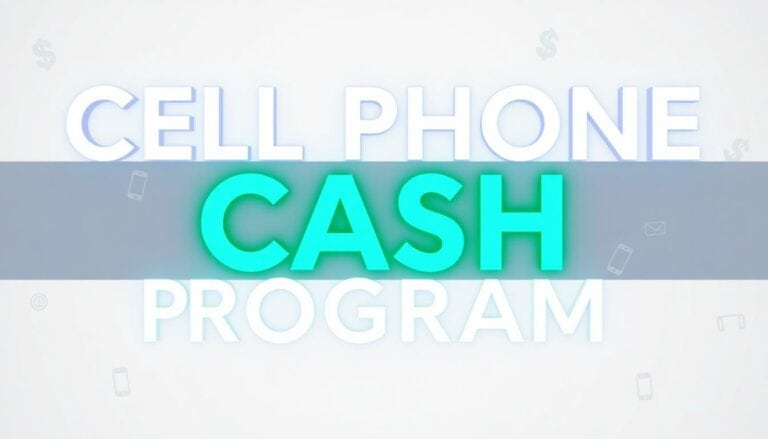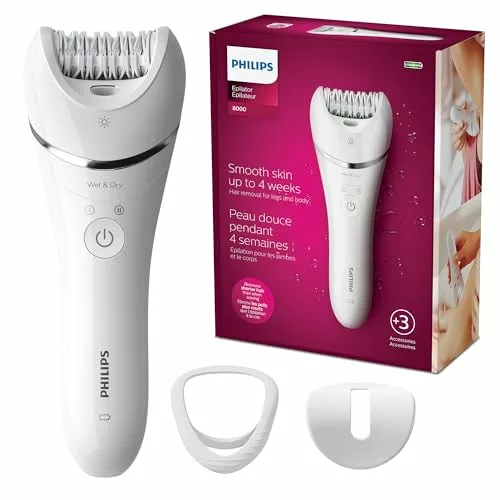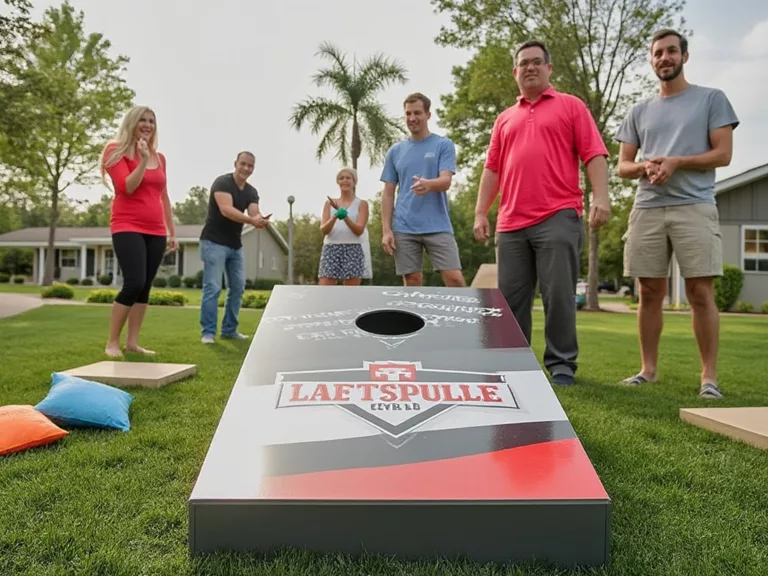The Benefits Of STEM Toys In Early Childhood Development
In the fast-paced world of early childhood development, STEM toys have emerged as a pivotal tool for nurturing young minds. These innovative toys seamlessly blend learning with play, offering a dynamic way for children to explore the realms of science, technology, engineering, and math.
STEM toys not only entertain but also embark on a quest to stimulate critical thinking, creativity, and problem-solving skills in young learners. Through hands-on exploration and experimentation, children are encouraged to delve into the exciting world of STEM concepts in a thrilling and engaging manner.
The benefits of STEM toys in early childhood development are profound. They help children develop resilience and adaptability while fostering a love for learning. By leveraging the power of play, these toys create a seamless learning environment where kids can thrive and grow.
Join us as we unravel the impact of STEM toys on young minds, uncovering the transformative power of hands-on learning in shaping the future generation of innovators and problem-solvers.
Understanding STEM Toys
STEM toys play a crucial role in early childhood development by integrating elements of Science, Technology, Engineering, and Mathematics into playful learning experiences. These toys are meticulously designed to foster essential skills in young minds.
Characteristics of STEM Toys
STEM toys stand out from traditional toys due to their unique features that prioritize hands-on learning, problem-solving, and creativity. By engaging with STEM toys, children get hands-on experiences that enhance their understanding of scientific concepts, technology applications, engineering principles, and mathematical reasoning.
Impact on Cognitive Development
The impact of STEM toys on cognitive development is profound. These toys stimulate critical cognitive skills such as critical thinking, logic, and spatial awareness in children. By tinkering with STEM toys, kids develop problem-solving abilities, analytical thinking, and a deeper understanding of how things work.
Photo by Tatiana Syrikova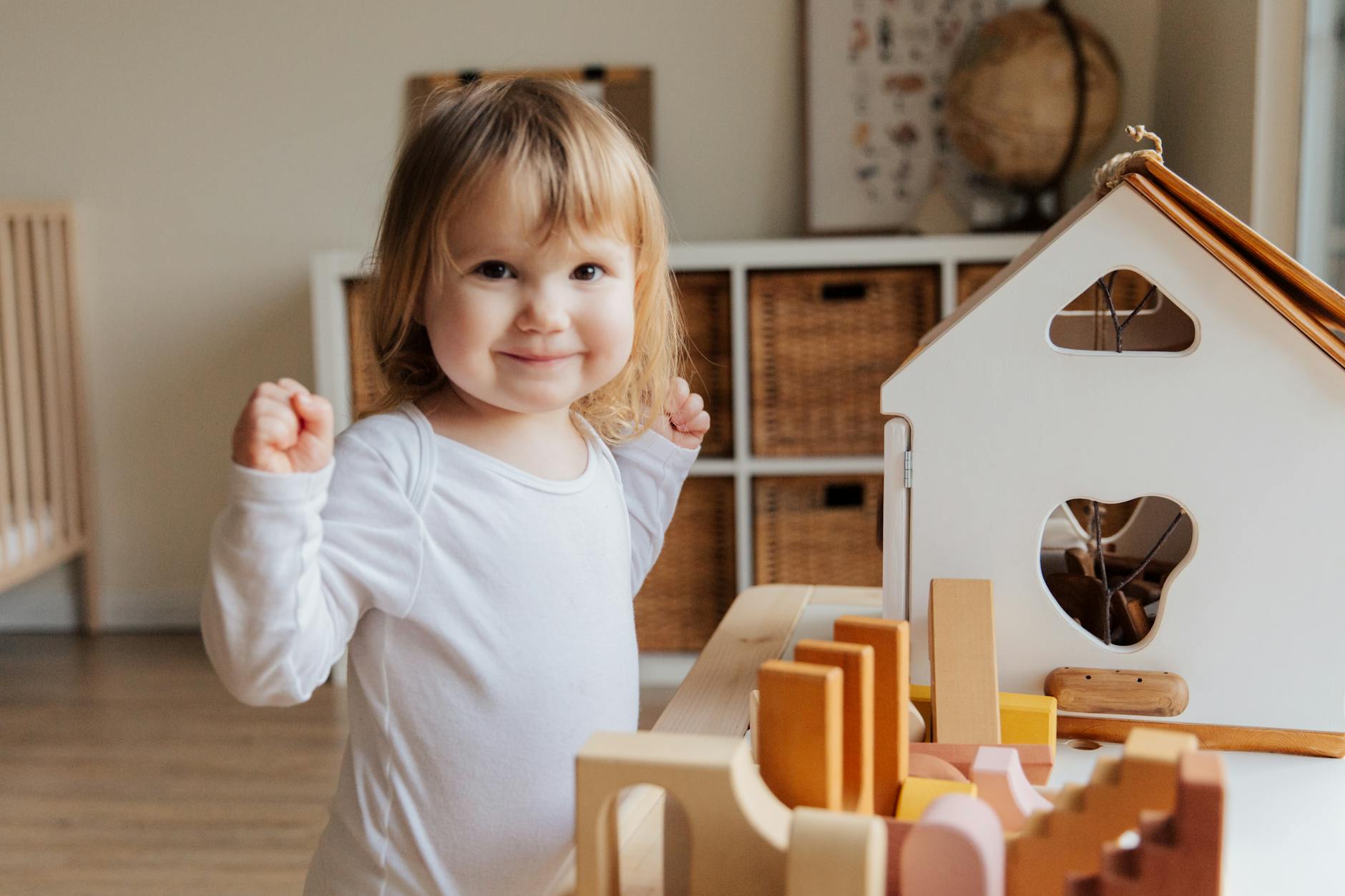
Benefits of STEM Toys in Early Childhood Development
STEM toys play a significant role in shaping a child’s developmental journey, offering various advantages that contribute to their growth and learning experiences.
Enhanced Problem-Solving Skills
STEM toys serve as tools that encourage children to think critically and come up with innovative solutions. By engaging with these toys, kids sharpen their analytical thinking, learn to identify challenges, and develop the confidence to overcome obstacles independently. This fosters a sense of self-reliance and boosts problem-solving capabilities from an early age.
 Photo by Pixabay
Photo by Pixabay
Promotion of Creativity and Innovation
STEM toys ignite a spark of imagination in children, encouraging them to explore and experiment. Through hands-on play with these toys, young minds are inspired to think outside the box, fostering a culture of creativity and innovation. This creative thinking nurtures a child’s ability to tackle challenges with inventive solutions and paves the way for future innovative endeavors.
Preparation for Future Careers
Early exposure to STEM concepts through toys lays a solid foundation for future success in STEM-related fields. By engaging with STEM toys, children develop a heightened awareness of science, technology, engineering, and math principles, preparing them for the demands of potential careers in these areas. This early immersion cultivates a passion for learning and sets the stage for future academic and professional achievements.
Fostering Curiosity and Interest in Science
STEM toys serve as catalysts for sparking curiosity and interest in science, technology, engineering, and math. Through interactive play experiences, children develop a natural inclination towards exploring these subjects, making learning engaging and enjoyable. This curiosity cultivated in early childhood can lead to a lifelong interest in STEM disciplines, shaping a child’s learning journey and fostering a love for discovering the wonders of the world.
For further insights into the benefits of STEM toys, check out these related resources.
Choosing the Right STEM Toys
When selecting STEM toys for your child, several key considerations can guide your decision-making process. By focusing on factors such as safety, durability, educational value, and your child’s interests, you can ensure that the toys you choose will be both beneficial and engaging. Here’s a breakdown to help you make informed choices:
Considerations for Selection
- Safety First: Prioritize toys that meet safety standards and do not pose any hazards to your child.
- Durability Matters: Opt for well-made toys that can withstand the wear and tear of active play.
- Educational Value: Look for toys that promote learning in STEM fields such as science, technology, engineering, and math.
- Child’s Interests: Select toys that align with your child’s passions and preferences to keep them engaged and excited about learning.
Examples of Popular STEM Toys
- LEGO Education STEM Sets: These building blocks combine creativity and learning, fostering problem-solving skills and spatial awareness.
- Robotics Kits: Kits like Dash and Dot or Ozobot introduce children to coding and robotics in a hands-on and interactive way.
- Science Experiment Kits: Kits that include experiments like crystal growing or volcano eruptions make science fun and engaging for young learners.
- Puzzle Games: STEM puzzles challenge children’s critical thinking and logic skills while offering an entertaining way to learn.
Choosing age-appropriate and engaging STEM toys can ignite your child’s curiosity and support their cognitive development. By integrating play and education, these toys can lay a strong foundation for a lifelong interest in STEM fields. Remember to consider your child’s preferences and interests to make learning through play a truly enriching experience.
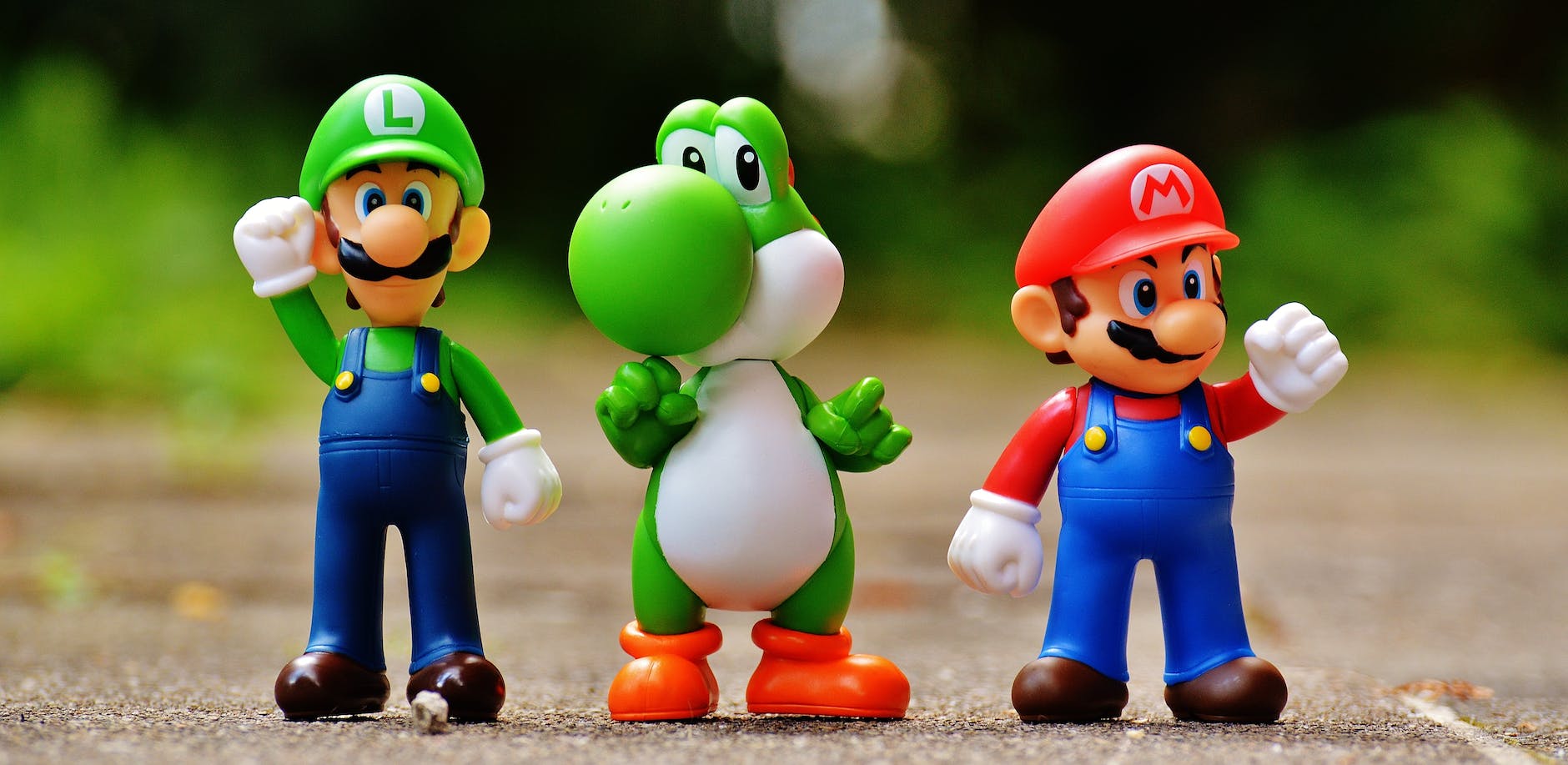 Photo by Pixabay
Photo by Pixabay
Incorporating STEM Toys in Early Learning Environments
Integrating STEM toys into early learning settings, such as preschools, daycares, and homes, is a transformative way to nurture children’s cognitive development from a young age. These interactive toys not only foster creativity and critical thinking skills but also lay a strong foundation for future academic success. Educators and parents play vital roles in creating an environment where children can benefit maximally from STEM toys.
Educator and Parental Roles
Collaboration between educators and parents is key to establishing a conducive learning environment that maximizes the benefits of STEM toys for children. Educators can provide guidance on selecting age-appropriate STEM toys and designing activities that align with the curriculum objectives. Parents, on the other hand, can support learning at home by reinforcing the concepts introduced through STEM toys and encouraging exploration and experimentation. By working together, educators and parents create a holistic approach to STEM learning that complements classroom instruction with real-world applications.
Balancing Play and Learning
Finding a balance between free play and structured learning activities is crucial when incorporating STEM toys into early childhood education. While free play allows children to explore their interests and creativity independently, structured learning activities provide guidance and learning objectives. By combining both approaches, children can develop problem-solving skills, spatial awareness, and logical reasoning organically while still benefiting from intentional learning experiences. Balancing play and learning ensures that children not only have fun with STEM toys but also gain valuable knowledge and skills that will serve them well in the future.
Including STEM toys in educational settings from an early age sets a strong foundation for children to develop essential skills that are vital in today’s technologically advanced world. By embracing the integration of STEM toys in early learning environments, educators and parents can empower children to become critical thinkers, innovators, and lifelong learners.
| Product Image | Product Name / Primary Rating / Price | Primary Button |
|---|---|---|
|
||
|
||
|
||
|
||
|
Conclusion
STEM toys play a vital role in fostering early childhood development by nurturing essential skills in children. By engaging with these educational toys, children enhance their problem-solving abilities, creativity, and critical thinking skills. The benefits of incorporating STEM toys into play and learning experiences are manifold, shaping young minds for future success.
Reinforcing Learning Through Play
STEM toys are not just tools for entertainment; they are educational instruments that make learning enjoyable and interactive for children. By blending play with education, these toys create a dynamic environment where kids can explore scientific concepts, experiment with engineering principles, and delve into mathematical challenges seamlessly.
Fostering Creativity and Innovation
Through STEM toys, children are encouraged to think outside the box, cultivating their creativity and innovative thinking. These toys spark curiosity, prompting young minds to ask questions, seek solutions, and embark on a quest for knowledge. By leveraging STEM toys, kids can unleash their potential and develop a resilient attitude towards problem-solving.
Building Essential Skills
STEM toys help children develop a wide range of skills, including teamwork, communication, and adaptability. By engaging in activities that require collaboration and communication, kids learn to work together, share ideas, and build upon each other’s strengths. These skills are pivotal in the fast-paced, ever-evolving world of the 21st century.
Photo by Fatima Yusuf
Latest Post
- What Is a Faraday Bag? Why Every Prepper Needs One
- Best Budget Laptops for College Students (2025) | Under $400
- What Is A Faraday Bag?
- TOZO PB3 Portable Charger: Lightweight Power For Your Devices
- Unlock Passive Income With The Cell Phone Cash Program
- JavaBurn: Does It Live Up To The Hype?







